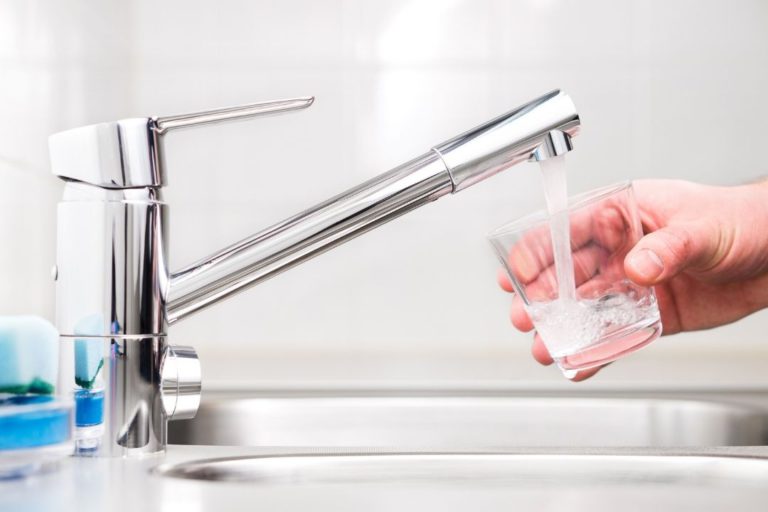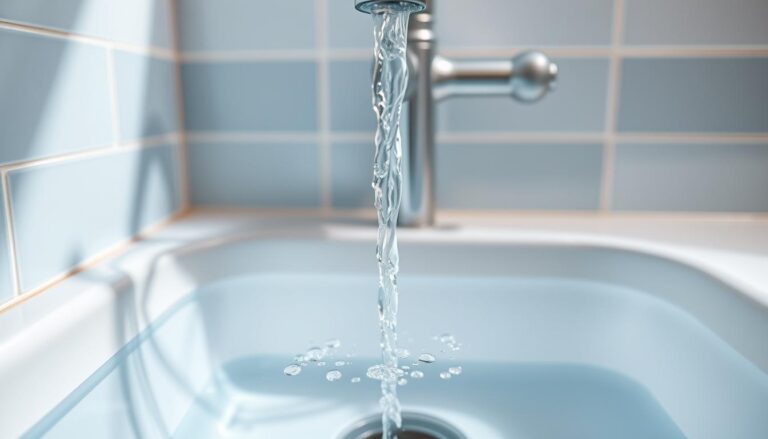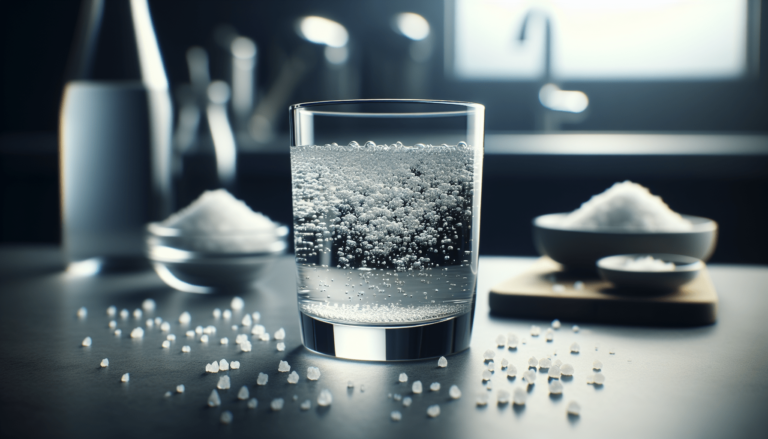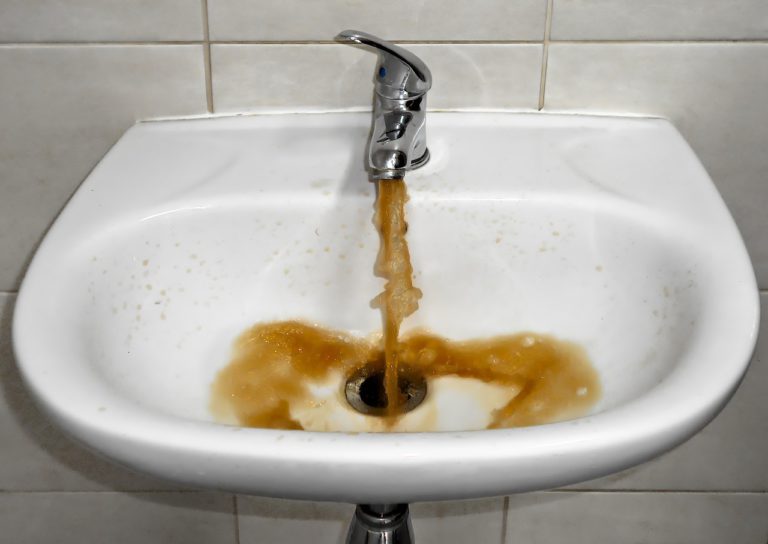Is Your Tap Water Safe? Exploring the Causes and Risks
The safety of tap water is a concern for many people, as it is a vital resource for daily life. Unfortunately, water contamination is a widespread issue that affects millions of individuals worldwide. The sources of contamination can range from bacteria and viruses to chemicals and heavy metals, posing significant health risks. In this article, we will delve into the causes and dangers of water contamination, equipping you with the knowledge to ensure that the water you consume is safe for you and your loved ones. Whether you are curious or worried about the quality of your tap water, read on to learn more about this critical issue.
Common Causes of Tap Water Contamination
There are many potential causes of tap water contamination, and some of the most common include:
Agricultural Runoff
Agricultural runoff is a major contributor to water pollution in many regions. Farmers use pesticides, fertilizers, and other chemicals to protect their crops, but these substances can seep into the soil and eventually contaminate nearby water sources. This can have harmful effects on both surface and groundwater, making it important for farmers to take steps to minimize their impact on the environment.
Industrial Pollution
The release of harmful chemicals and substances from factories and industrial facilities is a major contributor to water pollution. These pollutants can easily find their way into nearby water sources, contaminating both surface and groundwater. Industrial pollution is a serious issue that requires immediate attention and action to prevent further damage to our environment and health.
Sewage and Wastewater
Improper treatment of sewage and wastewater can lead to contamination of water sources, posing a serious health risk to humans. These substances may contain harmful bacteria and pathogens that can cause illnesses. Therefore, it is crucial to ensure proper treatment of sewage and wastewater to prevent the spread of diseases and maintain the safety of our water sources.
Health Risks Associated with Contaminated Tap Water

The health risks associated with contaminated tap water can vary depending on the type and level of contamination. Some of the most common health risks associated with contaminated tap water include:
Gastrointestinal Illness
Gastrointestinal illness is one of the most common health risks associated with contaminated tap water. This can include symptoms like diarrhea, nausea, and vomiting, and it can be particularly dangerous for people with weakened immune systems.
Skin Irritation
Contaminated tap water can also cause skin irritation, particularly if it contains high levels of chlorine or other chemicals. This can lead to rashes, dry skin, and other skin problems.
Kidney Damage
Some types of water contamination, such as exposure to heavy metals like lead or mercury, can lead to kidney damage over time. This can be particularly dangerous for children and pregnant women.
Signs of Contaminated Tap Water
It can be challenging to tell whether your tap water is contaminated just by looking at it. However, there are some signs you can look out for that may indicate a problem. These can include:
Discoloration
If your tap water appears discolored or cloudy, this may be a sign of contamination. This can be particularly concerning if the water is brown or yellow, as this can indicate the presence of rust or other harmful substances.
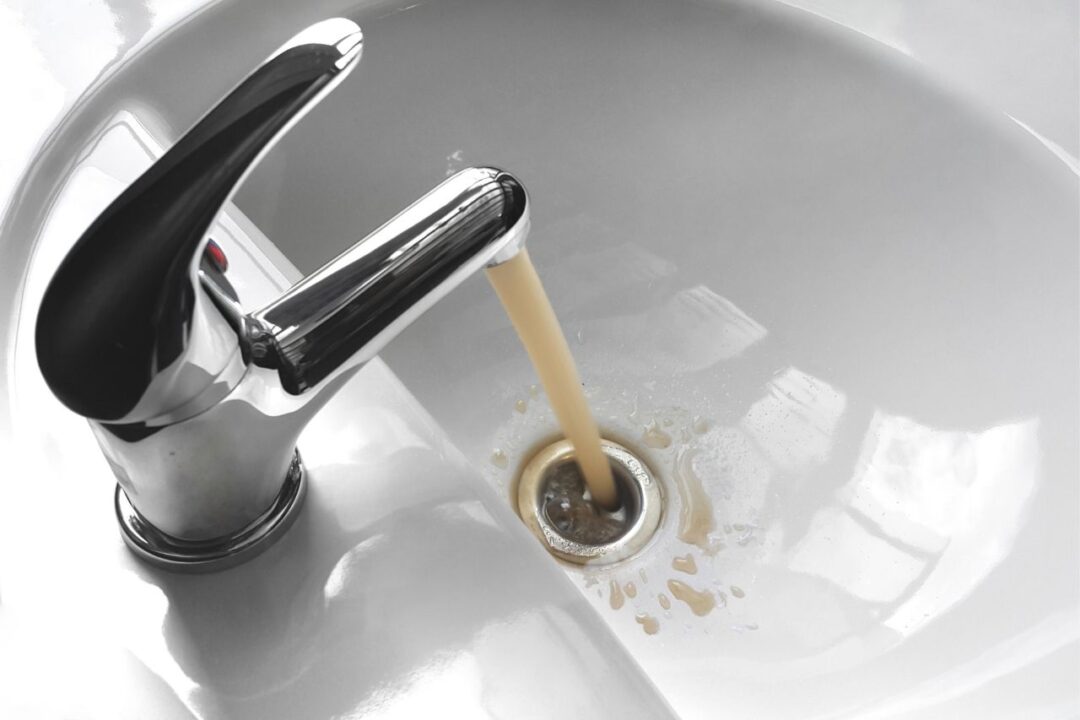
Unusual Odors
If your tap water has an unusual odor, this may also be a sign of contamination. For example, if your water smells like chlorine or other chemicals, this could indicate that it has been treated with disinfectants or other substances.
Unpleasant Taste
If your tap water has an unpleasant taste, this may also be a sign of contamination. This can include a metallic taste, a bitter taste, or a taste that is otherwise unpleasant.
How to Test Your Tap Water for Contaminants
If you’re concerned about the quality of your tap water, the best thing you can do is to have it tested for contaminants. There are several ways to do this, including:
Home Testing Kits
Home testing kits are available that allow you to test your tap water for a range of contaminants. These kits are relatively inexpensive and easy to use, and they can provide you with valuable information about the quality of your water.
Professional Testing
You can also have your tap water tested by a professional laboratory. This can be more expensive than using a home testing kit, but it can provide you with more comprehensive information about the quality of your water.
Ways to Avoid Tap Water Contamination
There are several steps you can take to reduce the risk of tap water contamination in your home. These include:
Using a Water Filter
Using a water filter can be an effective way to remove contaminants from your tap water. There are many different types of water filters available, including pitcher filters, faucet filters, and whole-house filters.
Boiling Water
Boiling water can also be an effective way to kill bacteria and other pathogens that may be present in tap water. However, boiling water will not remove other types of contaminants, such as chemicals or heavy metals.
Storing Water Properly
If you store water in your home, it’s essential to do so properly to reduce the risk of contamination. This means storing water in clean, sealed containers and keeping it away from sources of contamination, such as chemicals and pesticides.
Government Regulations for Tap Water Safety
In many countries, there are government regulations in place to ensure the safety of tap water. These regulations may set standards for the maximum allowable levels of contaminants in tap water, as well as requirements for water treatment and testing.
The Impact of Bottled Water on Tap Water Consumption
Many people turn to bottled water as an alternative to tap water. However, bottled water can have a significant impact on tap water consumption. For example, the production and transportation of bottled water can contribute to greenhouse gas emissions and other environmental problems.
Alternative Water Sources for Safe Drinking Water
If you’re concerned about the quality of your tap water, there are several alternative water sources you can consider. These include:
Spring Water
Spring water is water that comes from natural springs and is typically bottled and sold as a drinking water source. However, it’s important to note that not all spring water is safe to drink, and it can still be contaminated with bacteria and other harmful substances.
Distilled Water
Distilled water is water that has been boiled and then condensed back into a liquid form. This process removes most contaminants from the water, making it safe to drink.
Reverse Osmosis Water
Reverse osmosis water is water that has been filtered through a membrane that removes most contaminants from the water. This can be an effective way to remove contaminants from tap water and provide a source of safe drinking water.
Conclusion
Water contamination is a real issue that affects millions of people worldwide. Whether it’s bacteria, viruses, chemicals, or heavy metals, there are many potential risks that can compromise the quality of your tap water. However, by understanding the causes and risks of water contamination and taking steps to protect yourself and your family, you can ensure that the water you’re drinking is safe. From using water filters to testing your tap water for contaminants, there are many ways to reduce the risk of tap water contamination and ensure that you have access to safe, clean drinking water.


